During the 1920s Diego Rivera helped establish a nationalist painting style in Mexico that reflected the nation's indigenous forms and symbols as well as its renewed political vitality.
Rivera received his formal training in Mexico City, where the seeds of his populist philosophy were planted. In 1907, he was awarded a scholarship to travel and study in Spain, France, and Italy. He returned to his home country some fourteen years later, and quickly became a leader of the muralism movement that flourished after the end of the Mexican Revolution.
Like his colleagues, Rivera painted allegorical depictions of traditional indigenous culture and the dignity of the working class, as well as utopian visions of the future under socialism. Between 1930 and 1940, he painted murals in San Francisco, New York, and Detroit that focused on industry and social progress through technology.
Rivera, a notorious womanizer, was married three times — most famously to the painter Frida Kahlo.
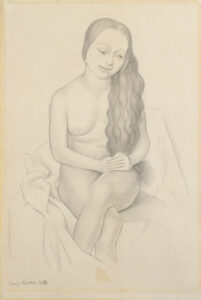 Diego RiveraUntitled1930
Diego RiveraUntitled1930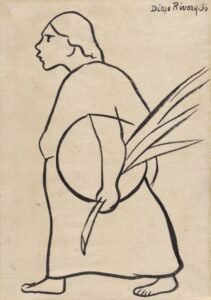 Diego RiveraUntitled (Woman Walking)1936
Diego RiveraUntitled (Woman Walking)1936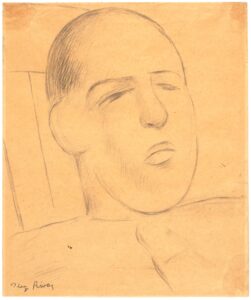 Diego RiveraUntitledn.d.
Diego RiveraUntitledn.d.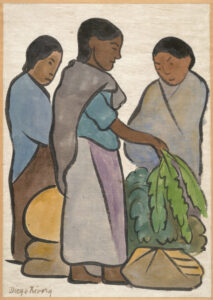 Diego RiveraUntitled (Three Figures)1936
Diego RiveraUntitled (Three Figures)1936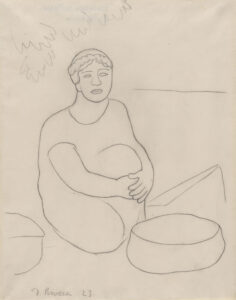 Diego RiveraVendedora de flores descansando (Flower Seller at Rest)1923
Diego RiveraVendedora de flores descansando (Flower Seller at Rest)1923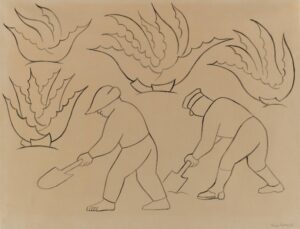 Diego RiveraUntitled (Soldier and Laborer Working in a Maguey Field)1926
Diego RiveraUntitled (Soldier and Laborer Working in a Maguey Field)1926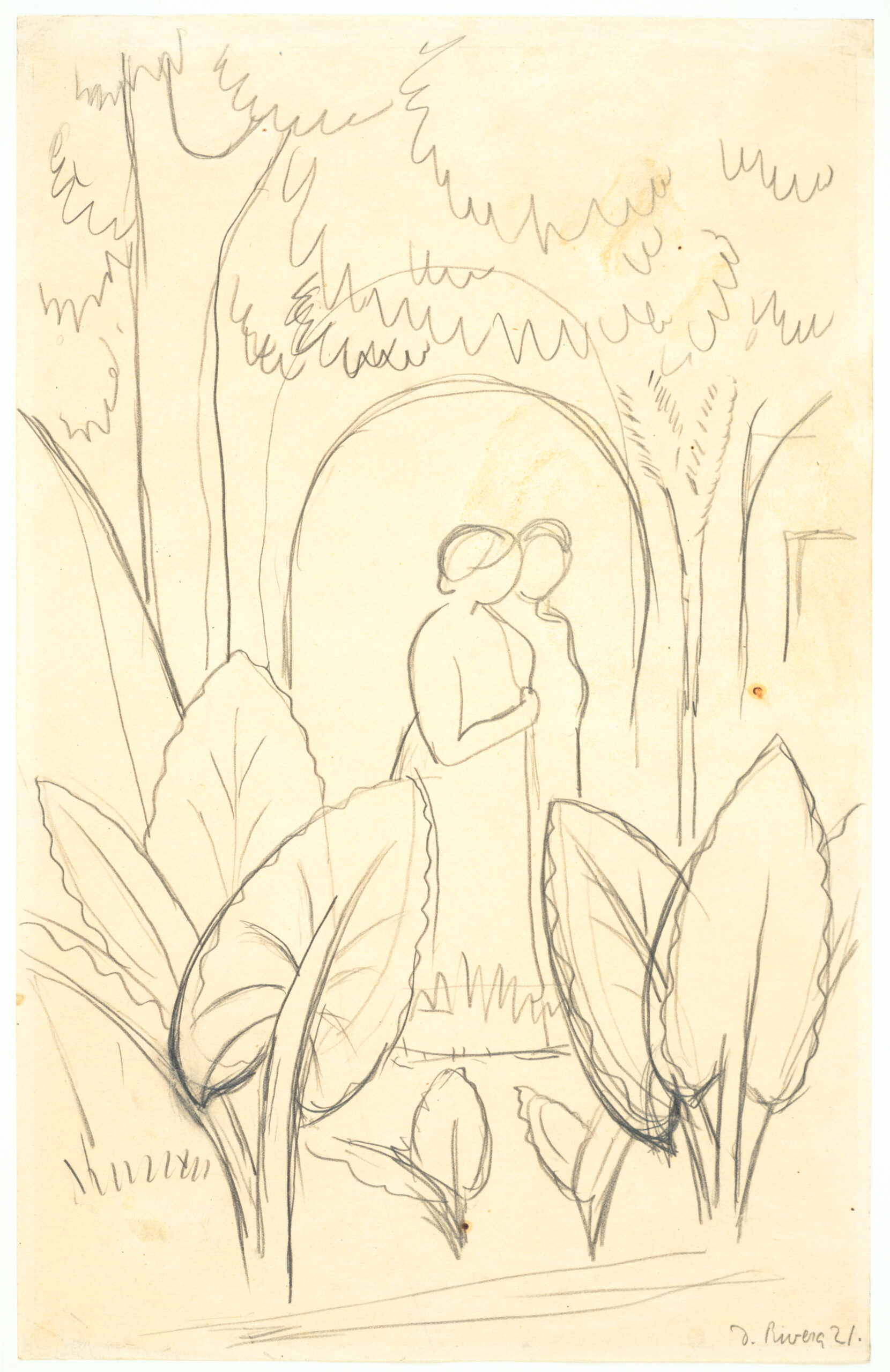 Diego RiveraJardin Tropical (Tropical Garden)1921
Diego RiveraJardin Tropical (Tropical Garden)1921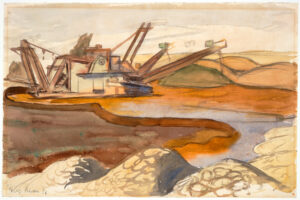 Diego RiveraUntitled (Gold Dredge)1931
Diego RiveraUntitled (Gold Dredge)1931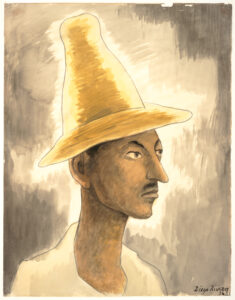 Diego RiveraMan of Tehuantepec1936
Diego RiveraMan of Tehuantepec1936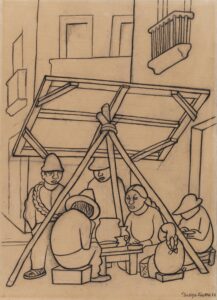 Diego RiveraEl Puesto de Comida (The Food Stall)1926
Diego RiveraEl Puesto de Comida (The Food Stall)1926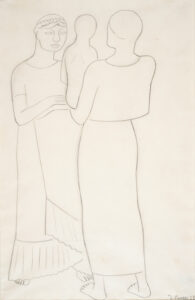 Diego RiveraMujeres conversando, Tehuantepec (Women Talking, Tehuantepec)1923
Diego RiveraMujeres conversando, Tehuantepec (Women Talking, Tehuantepec)1923